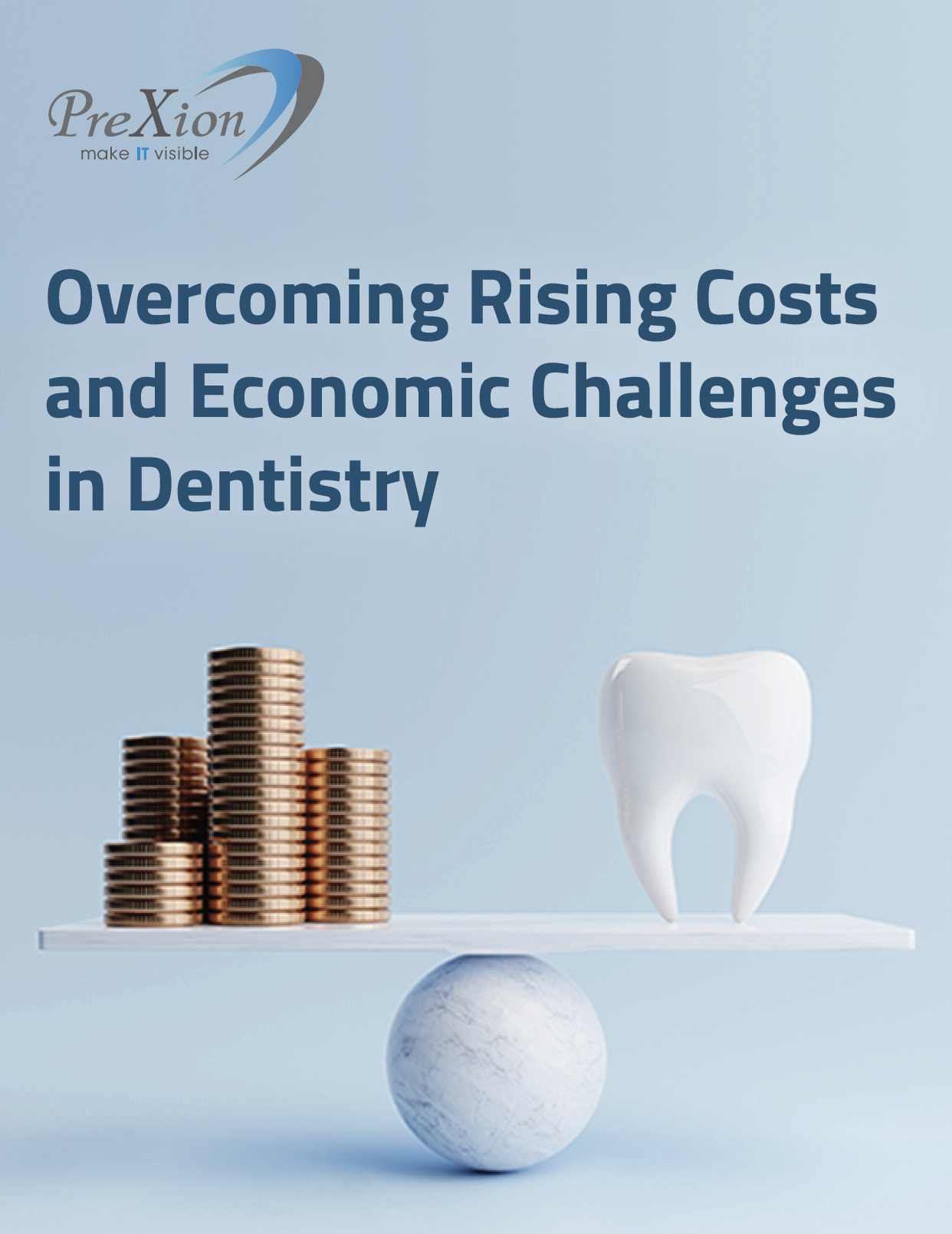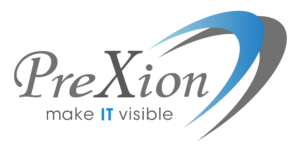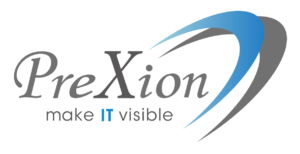DATA-DRIVEN EBOOK
Overcoming the Rising Costs and Economic Challenges in Dentistry
Even as patient flow slowly began to recover from the stark and sudden freeze precipitated by the initial rise of SARS-CoV-2, dentists faced continuing obstacles. To name a few, staffing difficulties worsened, PPE costs failed to return to normal levels and reimbursement rates remained low (an issue which far preceded the pandemic).
As of June 2022, prices of goods and services were up 9.1% from a year prior – the largest 12-month increase since 1981. As a result, overhead costs for dental practices skyrocketed while families tightened their belts and patient traffic decreased. According to a Delta Dental Institute survey, nearly half of adult Americans and 42% of dental and healthcare workers have delayed or canceled a dental appointment in the last two years based on concerns about rising prices rather than COVID-19.
The cost of dental care lags behind overall inflation hikes. According to Dental Tribune, “Data from the Consumer Price Index for August showed that the annual inflation rate for dental services was 4.7%. This figure is based on the price paid for dental services by patients and insurers and is well below the U.S. inflation rate for all items, which stands at 8.2%. In effect, this means that increases in the cost of running dental clinics are not being matched by increases in income.” Dental practices continue to operate with suppressed production dollar generation and dentists’ income as the result of the disproportionately low cost of care.
Despite these challenges, dental professionals have reason to remain optimistic. In this text, the individual issues behind inflation and underearning are explored and offered solution with strategic action.

Even as patient flow slowly began to recover from the stark and sudden freeze precipitated by the initial rise of SARS-CoV-2, dentists faced continuing obstacles. To name a few, staffing difficulties worsened, PPE costs failed to return to normal levels and reimbursement rates remained low (an issue which far preceded the pandemic).
As of June 2022, prices of goods and services were up 9.1% from a year prior – the largest 12-month increase since 1981. As a result, overhead costs for dental practices skyrocketed while families tightened their belts and patient traffic decreased. According to a Delta Dental Institute survey, nearly half of adult Americans and 42% of dental and healthcare workers have delayed or canceled a dental appointment in the last two years based on concerns about rising prices rather than COVID-19.
The cost of dental care lags behind overall inflation hikes. According to Dental Tribune, “Data from the Consumer Price Index for August showed that the annual inflation rate for dental services was 4.7%. This figure is based on the price paid for dental services by patients and insurers and is well below the U.S. inflation rate for all items, which stands at 8.2%. In effect, this means that increases in the cost of running dental clinics are not being matched by increases in income.” Dental practices continue to operate with suppressed production dollar generation and dentists’ income as the result of the disproportionately low cost of care.
Despite these challenges, dental professionals have reason to remain optimistic. In this text, the individual issues behind inflation and underearning are explored and offered solution with strategic action.


